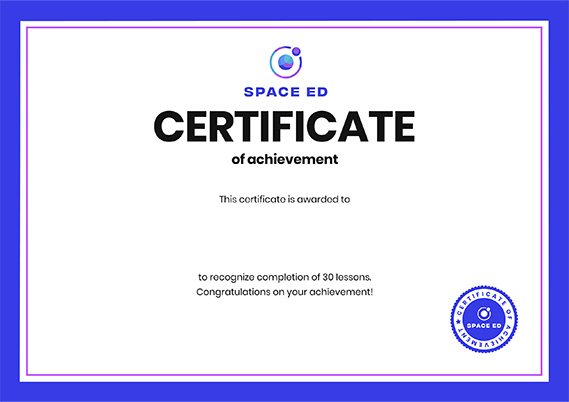Dark matter: The matter we can't see - James Gillies
3,111,319 Views
0 Questions Answered
Let’s Begin…
The Greeks had a simple and elegant formula for the universe: just
earth, fire, wind, and water. Turns out there's more to it than that -- a
lot more. Visible matter (and that goes beyond the four Greek elements)
comprises only 4% of the universe. CERN scientist James Gillies tells us what accounts for the remaining 96% (dark matter and dark energy) and how we
might go about detecting it.
Additional Resources for you to Explore
The Cosmic Microwave Background, or CMB, is radiation that fills the universe and can be seen in every direction.
In astronomy, the geocentric model (also known as geocentrism, or the Ptolemaic system), is a description of the cosmos where Earth is at the orbital center of all celestial bodies. This model served as the predominant cosmological system in many ancient civilizations such as ancient Greece. As such, they assumed that the Sun, Moon, stars, and naked eye planets circled Earth, including the noteworthy systems of Aristotle (see Aristotelian physics) and Ptolemy.
Physicist Patricia Burchat sheds light on two basic ingredients of our universe: dark matter and dark energy. Comprising 96% of the universe between them, they can't be directly measured, but their influence is immense.
Backed by stunning illustrations, David Christian narrates a complete history of the universe, from the Big Bang to the Internet, in a riveting 18 minutes. This is "Big History": an enlightening, wide-angle look at complexity, life, and humanity, set against our slim share of the cosmic timeline.
Supersymmetry is one of the most popular of the speculative ideas that theorists have proposed to understand the puzzle known as the hierarchy problem. It has many wonderful features, ranging from mathematical beauty to its potential ability to explain other puzzles in particle physics, such as the nature of dark matter.
About Space Ed
Space Ed helps you untangle the mysteries of space with the universe’s best videos on everything from Einstein's theory of relativity to what it would take to live on Mars. Brush up on the science, philosophy and mystery of space, because the fabric of the universe is the same fabric that connects us all.
Meet The Creators
- Director Jeremiah Dickey
- Animator Godfrey Hibbert
- Narrator James Gillies




